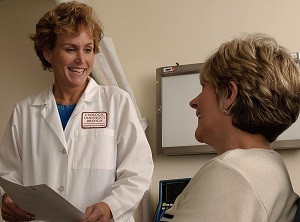Q- A 55-year-old male presents to the ER with sudden-onset severe chest pain radiating to the left arm. He appears diaphoretic and anxious. His blood pressure is 90/60 mm Hg, heart rate is 110/min, and respiratory rate is 24/min. An electrocardiogram (ECG) reveals ST-segment elevation in leads II, III, and aVF.
Which of the following arteries is most likely occluded?
A- Left anterior descending artery
B- Left circumflex artery
C- Left main coronary artery
D- Right coronary artery
Q- Which one of the following transmitters is primarily associated with mood regulation, sleep, and appetite?
A- Acetylcholine
B- Dopamine
C- GABA (Gamma-Aminobutyric Acid)
D- Serotonin
Q- A patient with a history of peptic ulcer is prescribed a nonsteroidal anti-inflammatory drug (NSAID) for the management of osteoarthritis.
Which one of the following medications should be prescribed to reduce the risk of gastric ulcers?
A- Metoclopramide
B- Misoprostol
C- Omeprazole
D- Ranitidine

Dr. Festo, I am glad my contributions help you on your medical career. Thank you
Dr Ray Makar , thanks alot 🙏🏿 for your contributions on medical field. Stay blessed
Thank you, Dr. Abbas
Thank you for your own contribution Dr Ray marker